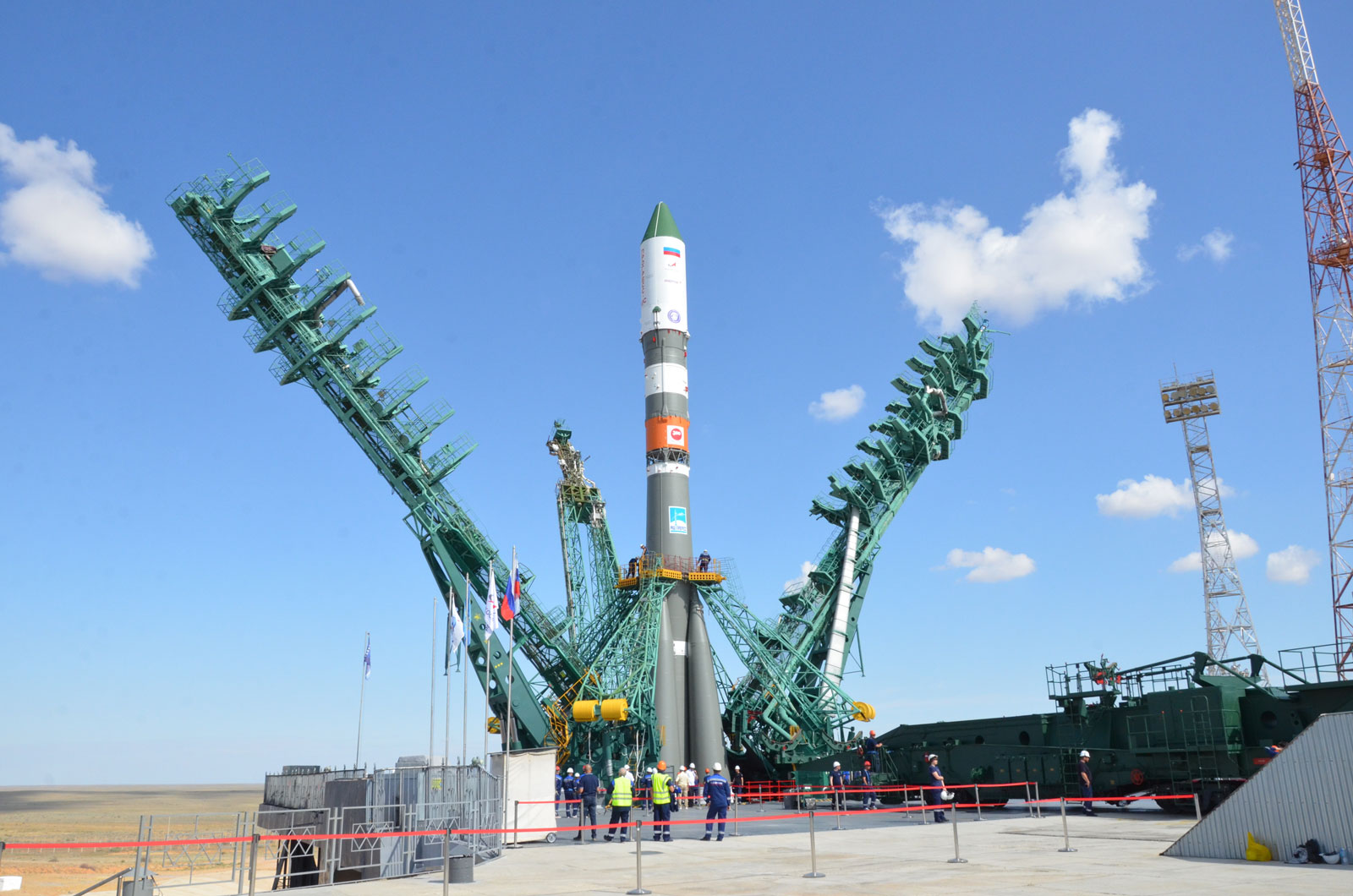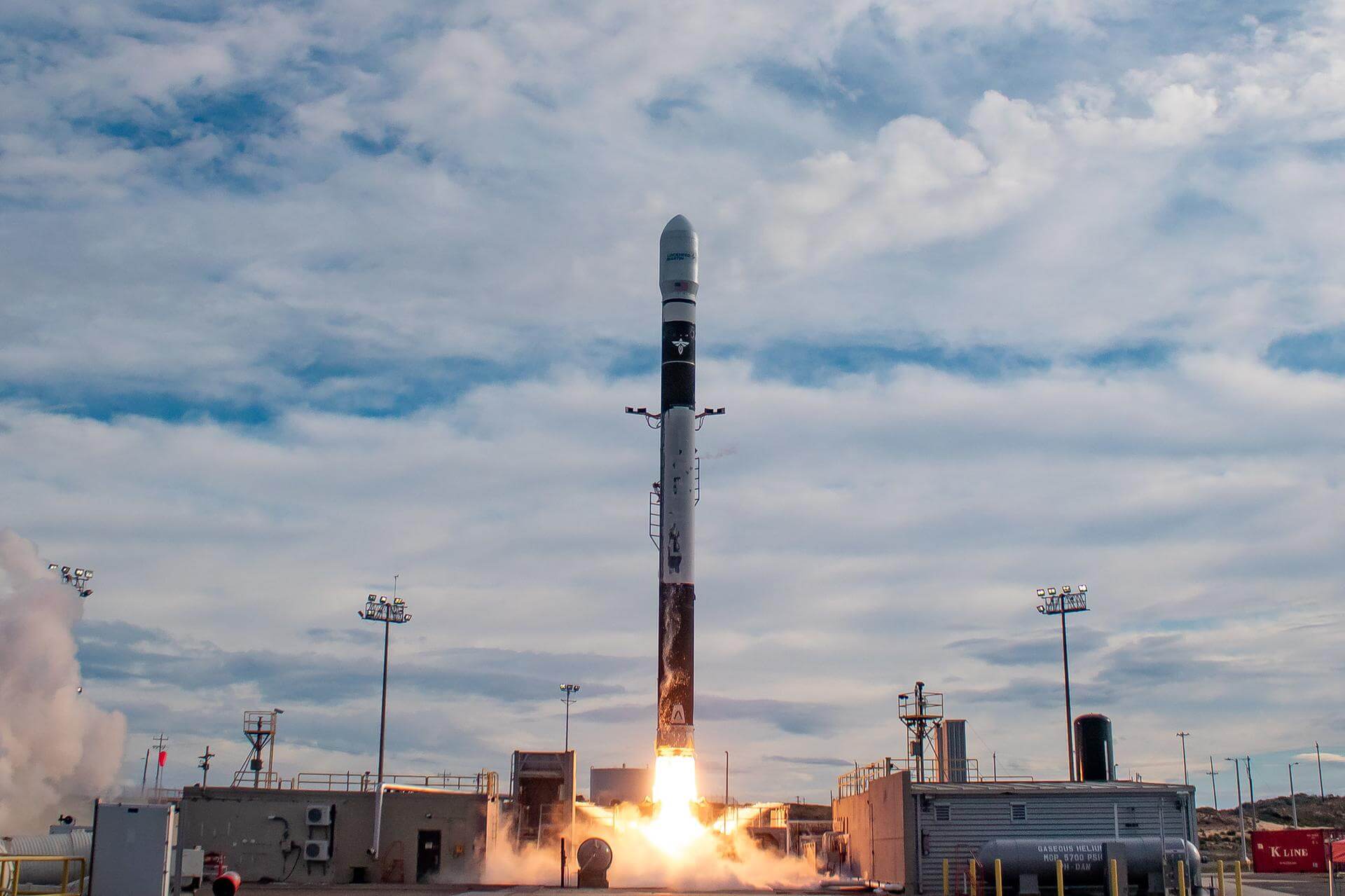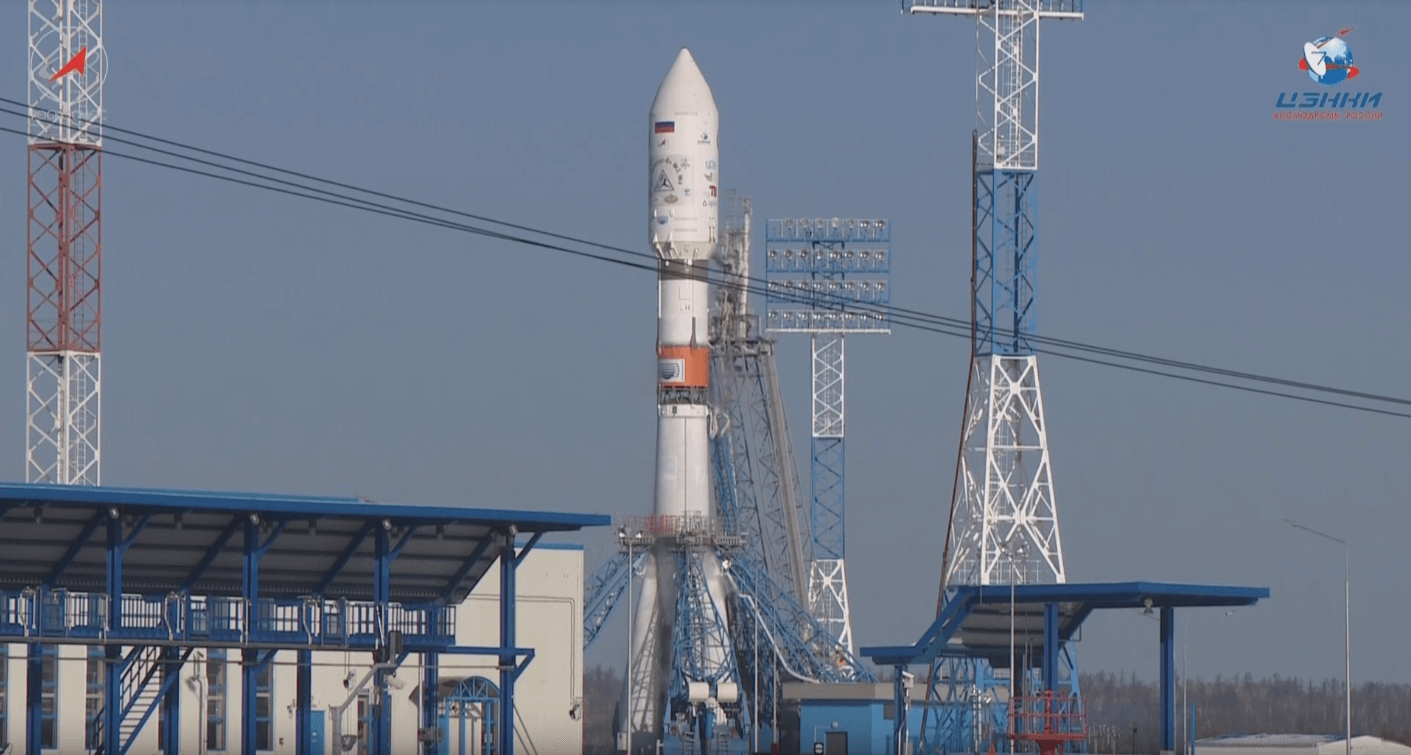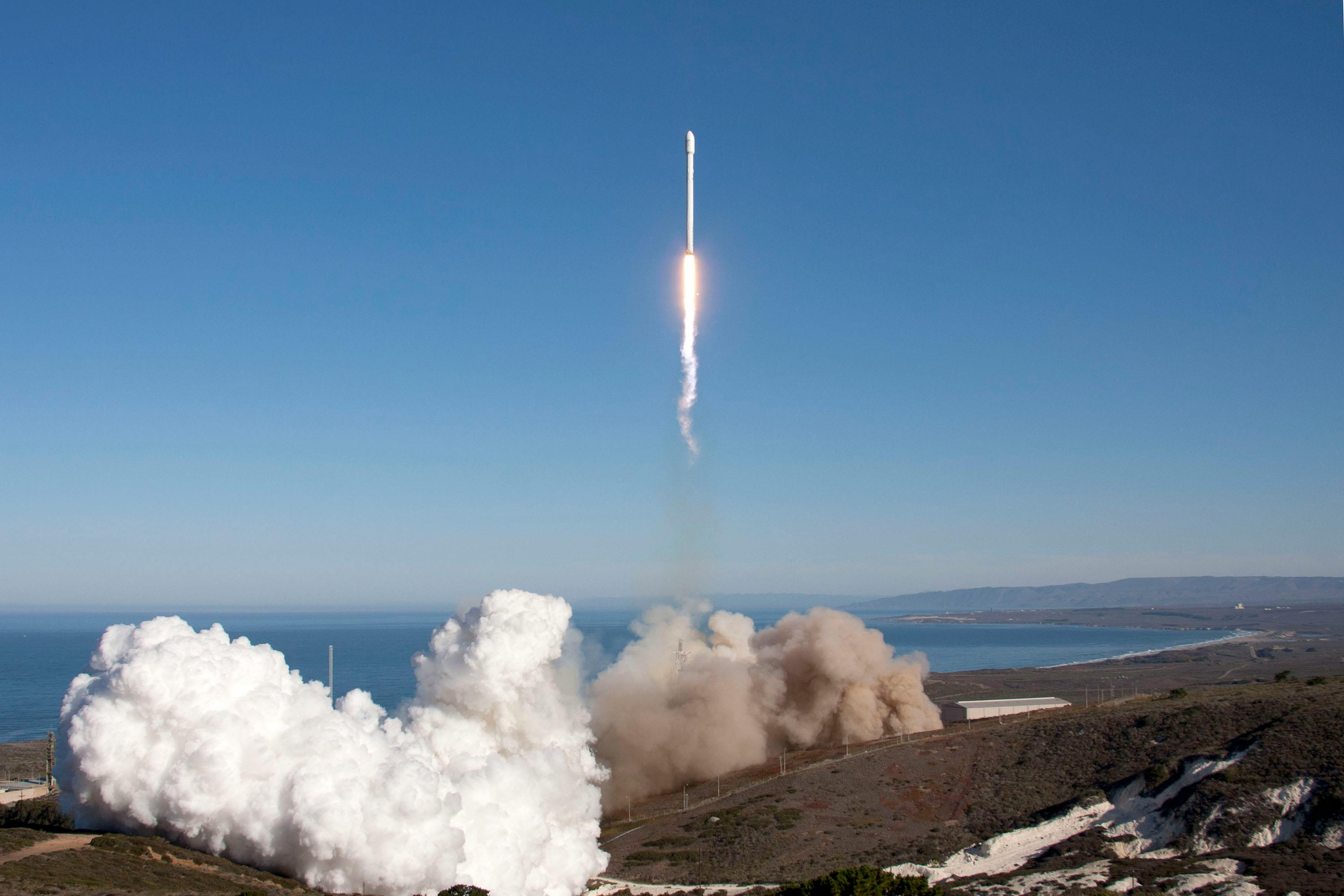· space brief · 7 min read
Space Brief 14 Aug 2025
Today's brief covers the Vulcan Centaur's first mission, military space automation insights, and the retirement reflections of a Space Force leader.

📄Top Stories
United Launch Alliance’s Vulcan Centaur rocket, armed with critical payloads, embarks on its inaugural national security mission from Cape Canaveral. This marks a vital step in the U.S. transition to domestically produced launch vehicles. Meanwhile, Lt. Gen. DeAnna Burt of the Space Force retires, offering insights into future challenges and advancements in military space operations. In Salt Lake City, experts discuss automation in military satellites, bolstering space strategy with cutting-edge technologies.
📰Detailed Coverage
Vulcan Centaur Embarks on Security Mission
United Launch Alliance’s Vulcan Centaur rocket made headlines with the successful liftoff of its first national security mission for the U.S. Space Force. Departing from Cape Canaveral, the rocket carried vital payloads, symbolizing the shift towards the U.S.’s reliance on domestic launch capabilities driven by American-made engines. This mission underscores the military’s commitment to adapt and secure its assets in space through homegrown technologies.
The launch is a notably strategic move as it strengthens the United States’ position in space defense, reducing dependency on foreign aerospace technology. For satellite tracking enthusiasts, this marks a pivotal moment for observing the operational trajectory of newly deployed national security assets.
Read the full story: SpaceNews
Read another perspective: Spaceflight Now
Insights on Satellite Autonomy
At the 2025 Small Satellite Conference, discussions centered around the growing role of automation within military space operations. Experts emphasized the need for clarity in determining which satellite tasks should become autonomous. Drawing contrasts with military aviation’s established autonomous features, the conversations highlighted the infancy of satellite autonomy and the technological hurdles that remain.
This dialogue between industry leaders points toward a future where automation could enhance real-time satellite operations, minimizing human intervention while maximizing efficiency. This evolution is crucial for those involved in satellite data analysis and space operations, aligning with advancements in tracking capabilities.
Read the full story: SpaceNews
Lt. Gen. DeAnna Burt’s Farewell and Vision
As Lt. Gen. DeAnna Burt, deputy chief of space operations for the U.S. Space Force, steps down after 33 years, she offers a critical assessment of the branch’s development. Her reflections cover both achievements and enduring challenges, emphasizing the need for adaptive strategies in military space operations amid evolving global threats.
Burt’s departure marks a significant moment in the Space Force’s history, with her insights poised to guide the next wave of leadership in navigating complex strategic landscapes. Her reflections are invaluable for military and defense circles focusing on tactical advancements and infrastructure resilience in space.
Read the full story: SpaceNews
Deep Orange’s Autonomous Vehicle Innovations
In collaboration with the U.S. Army, Clemson University has unveiled the upgraded Deep Orange semi-autonomous vehicle program, signaling advancements in military ground platform technologies. The initiative challenges students to design and create versatile vehicles, infusing innovation with practical military applications.
This program not only showcases the potential of academic partnerships in driving technology forward but also points towards an evolutionary leap in automation, underscoring similar trends in space systems and satellite management where processing speed and autonomous operations could prove critical.
Read the full story: Breaking Defense
AI Strategies in Navy Space Operations
The Department of the Navy is gearing up for a major overhaul in its AI and data strategy, driven by the need for rapid adaptability in conflict scenarios, particularly with China. This new strategy will focus on efficiently harnessing data from various sensors aboard naval units to ensure optimal decision-making on the battlefield.
Integrating AI into military operations presents a promising frontier, enabling enhanced data analysis and real-time operational awareness crucial for both maritime and space theaters. This comes as a reminder of the significant crossovers between naval and space strategies in utilizing technology to maintain superiority.
Read the full story: Breaking Defense
🛰️Satellite Spotlight
- Satellite Name: BRITE-PL1 (LEM)
- NORAD ID: 39431
- Launch Date: November 21, 2013
- Mission: Designed for astronomical observations and technology demonstration, BRITE-PL1 aims to study the brightness variations of massive stars.
- Orbit: Low Earth Orbit (LEO)
- Operator: CBKPL (Polish Academy of Sciences)
- Fun Fact: BRITE-PL1 is part of the BRITE (BRIght Target Explorer) constellation, which focuses on monitoring stellar brightness changes to gain insights into the life cycles of stars.
Track this satellite in real-time on our web app: Track BRITE-PL1 (LEM)
🌌Space Weather
Space weather conditions are currently quiet.
Current
R0 - S0 - G0
Last 24 Hour Maximums
R0 - S0 - G0
Recent Alerts
-
Extended Warning: A geomagnetic K-index of 4 is expected, valid until 1200 UTC on August 14.
- Potential Impacts:
- Area of impact primarily poleward of 65 degrees Geomagnetic Latitude.
- Weak power grid fluctuations may occur.
- Aurora may be visible at high latitudes, including Canada and Alaska.
- Potential Impacts:
-
Warning: A geomagnetic K-index of 4 expected from 2149 UTC on August 13 to 0300 UTC on August 14.
- Potential Impacts:
- Area of impact primarily poleward of 65 degrees Geomagnetic Latitude.
- Weak power grid fluctuations may occur.
- Aurora may be visible at high latitudes, including Canada and Alaska.
- Potential Impacts:
Next 24 Hours
-
Radio Blackouts Probability
- Minor: 50
- Major: 10
- Risk: None
-
Solar Radiation
- Probability: 10
- Risk: None
-
Geomagnetic Storming
- Scale: 0
- Impact: none
- Activity: Low
-
Impact Summary
- Next 24 hours: No risk of radio blackouts or solar radiation storms.
- Geomagnetic outlook: No G1 (Minor) or greater geomagnetic storms expected. No significant transient or recurrent solar wind features are forecast.
- Radiation outlook: Slight chance for S1 (Minor) or greater solar radiation storms on August 14.
- Radio blackout outlook: High chance for R1-R2 (Minor-Moderate) radio blackouts due to M-class flare activity through August 16. Probabilities will decrease slightly on August 15 as Region 4178 exits the visible solar disk.
Long Term Forecast
- Forecast of Solar and Geomagnetic Activity (August 11 - September 6, 2025):
- Solar activity is expected to be predominantly low with likely M-class flare (R1-R2/Minor-Moderate) activity during this period.
- No proton events are expected at geosynchronous orbit, barring significant flare activity.
- Higher than normal levels of greater than 2 MeV electron flux at geosynchronous orbit are expected on August 11-17, 21-22, 27-28, and September 6.
- Geomagnetic field activity may reach active levels on August 11 due to the waning influence of positive polarity coronal hole high-speed solar wind (CH HSS).
- Periods of G1 (Minor) storming could occur from August 18-20 and active conditions likely on August 22, with additional active periods expected on August 28.
- Possible G2 (Moderate) storming is expected on September 5, with active levels likely on September 4 and 6 due to the influence of positive polarity CH HSS.
🚀Upcoming Space Launches
August 14
- SpaceX Falcon 9:
- Starlink Group 10-20
- Launch Site: Cape Canaveral SFS, FL, USA
- Launch Time: 10:47 UTC
- A batch of 28 satellites for the Starlink mega-constellation - SpaceX’s project for space-based Internet communication system.
August 15
- LandSpace Zhuque-2E:
- Unknown Payload
- Launch Site: Jiuquan Satellite Launch Center, People’s Republic of China
- Launch Time: 01:08 UTC
- Details TBD.
August 16
-
CAS Space Kinetica 1:
- Unknown Payload
- Launch Site: Jiuquan Satellite Launch Center, People’s Republic of China
- Launch Time: 07:25 UTC
- Details TBD.
-
SpaceX Falcon 9:
- Starlink Group 10-11
- Launch Site: Cape Canaveral SFS, FL, USA
- Launch Time: 11:35 UTC
- A batch of 28 satellites for the Starlink mega-constellation - SpaceX’s project for space-based Internet communication system.
August 17
-
China Aerospace Science and Technology Corporation Long March 4C:
- Unknown Payload
- Launch Site: Xichang Satellite Launch Center, People’s Republic of China
- Launch Time: 08:56 UTC
- Details TBD.
-
China Aerospace Science and Technology Corporation Long March 6A:
- Unknown Payload
- Launch Site: Taiyuan Satellite Launch Center, People’s Republic of China
- Launch Time: 14:07 UTC
- Details TBD.
-
SpaceX Falcon 9:
- Starlink Group 17-5
- Launch Site: Vandenberg SFB, CA, USA
- Launch Time: 15:44 UTC
- A batch of 24 satellites for the Starlink mega-constellation - SpaceX’s project for space-based Internet communication system.
August 20
-
SpaceX Falcon 9:
- Starlink Group 17-6
- Launch Site: Vandenberg SFB, CA, USA
- Launch Time: 15:44 UTC
- A batch of 24 satellites for the Starlink mega-constellation - SpaceX’s project for space-based Internet communication system.
-
ROSCOSMOS Soyuz 2.1a:
- Bion-M No. 2
- Launch Site: Baikonur Cosmodrome, Republic of Kazakhstan
- Launch Time: 17:13 UTC
- Bion-M is the next generation of Russian biological research satellites, with enhanced capabilities including longer mission support and increased scientific equipment weight.
Note: Launch dates and times are subject to change due to technical or weather considerations.

Maurice Stellarski





